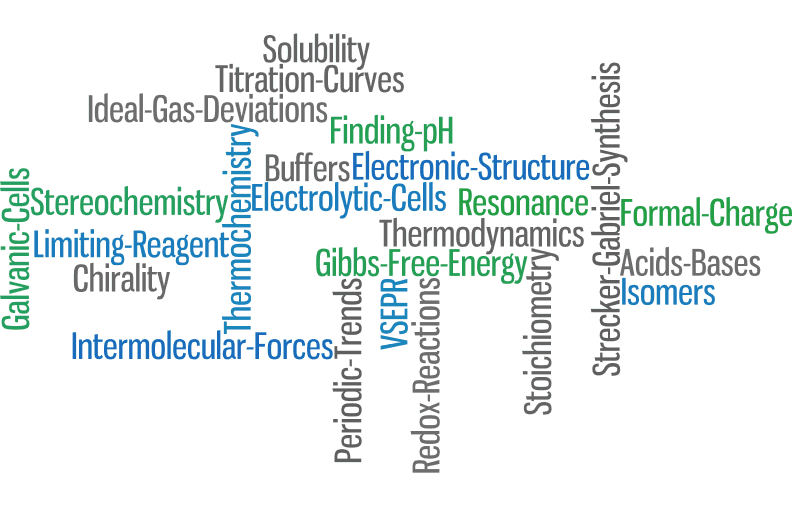If you’ve studied or plan to study for the current MCAT, you’ve quite possibly heard about the huge role amino acids now play in this exam. Possibly the most notable addition to the revamped 2015 MCAT was the requirement of knowledge of amino acid properties, behavior, and abbreviations.
Luckily, this topic can be broken down into just a few principles that can make your test day experience much easier! Let’s review these principles by covering the categories that nearly all amino acid questions fit into.
Questions About Polarity
If you’ve reviewed your amino acids MCAT categories, you’ll know that these structures are generally separated into nonpolar, polar uncharged, acidic, and basic amino acids. However, here is your first tip: acidic and basic amino acids are polar, and they can also be thought as hydrophilic amino acids or water-loving, since they typically carry charges at physiological pH. Meanwhile, non-polar acids are hydrophobic, which means water-fearing. Their subgroup includes alkyl & aromatic side chains.
A region rich in which of the following amino acid residues is most likely to be found buried in the interior of a globular protein structure?
A. Aspartic acid (polar)
B. Lysine (polar)
C. Threonine (polar)
D. Isoleucine (nonpolar)
Of course, you’ll have to figure out the polar amino acids vs. nonpolar amino acid designations on your own, but once you do so, it is clear that the answer must be D – nonpolar amino acid residues cluster near the interior of proteins, far from the water-based, polar fluid surroundings.
Questions About Charge
If an MCAT amino acid question doesn’t involve polarity, it very likely asks about the net charge of a residue or protein, whether directly or indirectly. Here’s your next key principle: acidic amino acid positions are negatively charged when deprotonated and neutral when protonated. In contrast, basic positions are neutral when deprotonated and positively charged when protonated. So if you’re in a rush and don’t have time to consider pKa values, remember that acidic amino acids are generally more negative than basic ones would be at the same pH.
More Advanced Acid-Base Questions
Acid-base organic chemistry has always been high-yield on the MCAT, and in a way, the addition of amino acids just gave the test-makers a more biologically relevant way to test the same basic concepts. To excel on the amino acids MCAT, you absolutely must understand acid-base principles as thoroughly as possible! These include pKa and pI, pH and pOH, titrations, buffers, and more – consult your prep books and other materials regularly on these concepts.
Of course, amino acid questions won’t be quite this simple. Some questions will combine two or three of the types listed above; some will require the incorporation of passage information, and many will involve biological techniques like chromatography or isoelectric focusing. But if you cut through the “fluff” and break down each question into its simplest form, you’ll start seeing how repetitive amino acid questions can be – and hopefully get them all correct on Test Day!
Want more free MCAT resources? Sign up for our free MCAT account to get a free practice test with analytics, a personalizable study planner and 1600+ flashcards.


